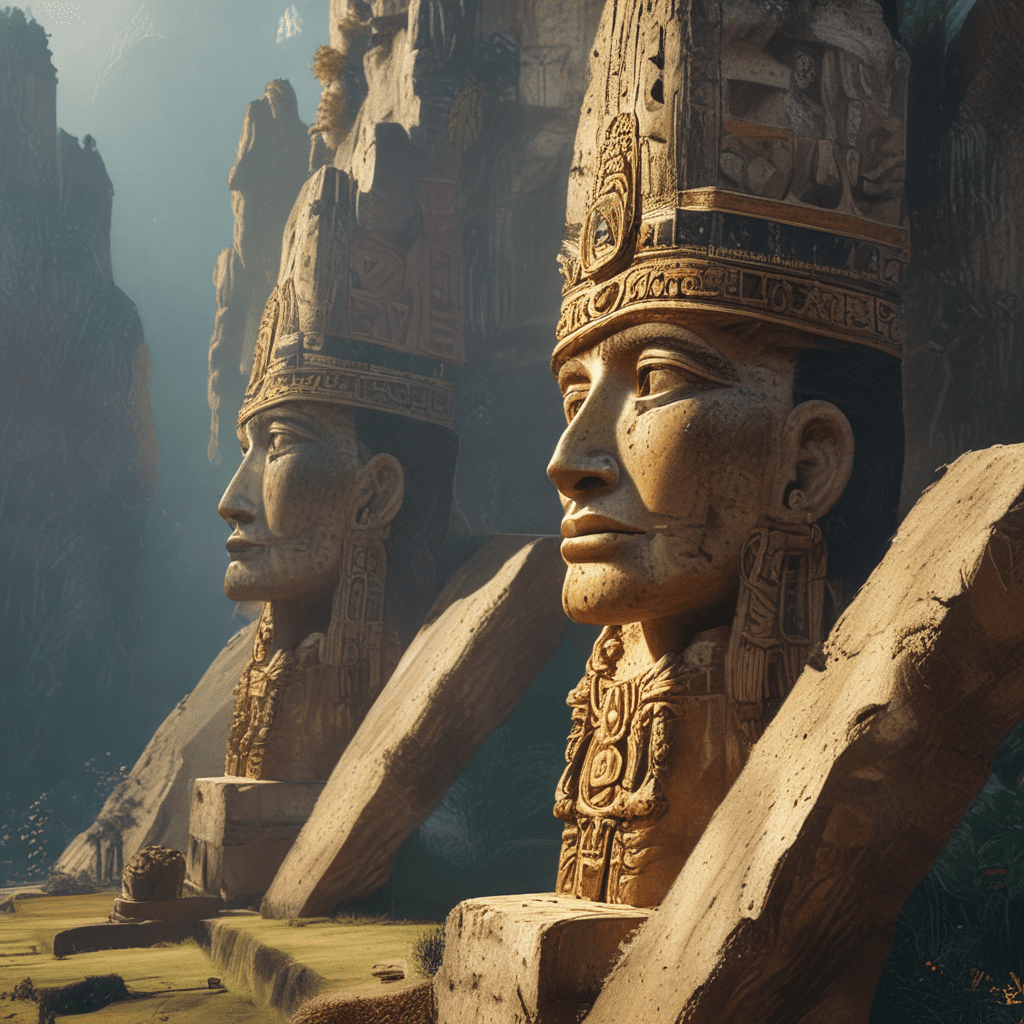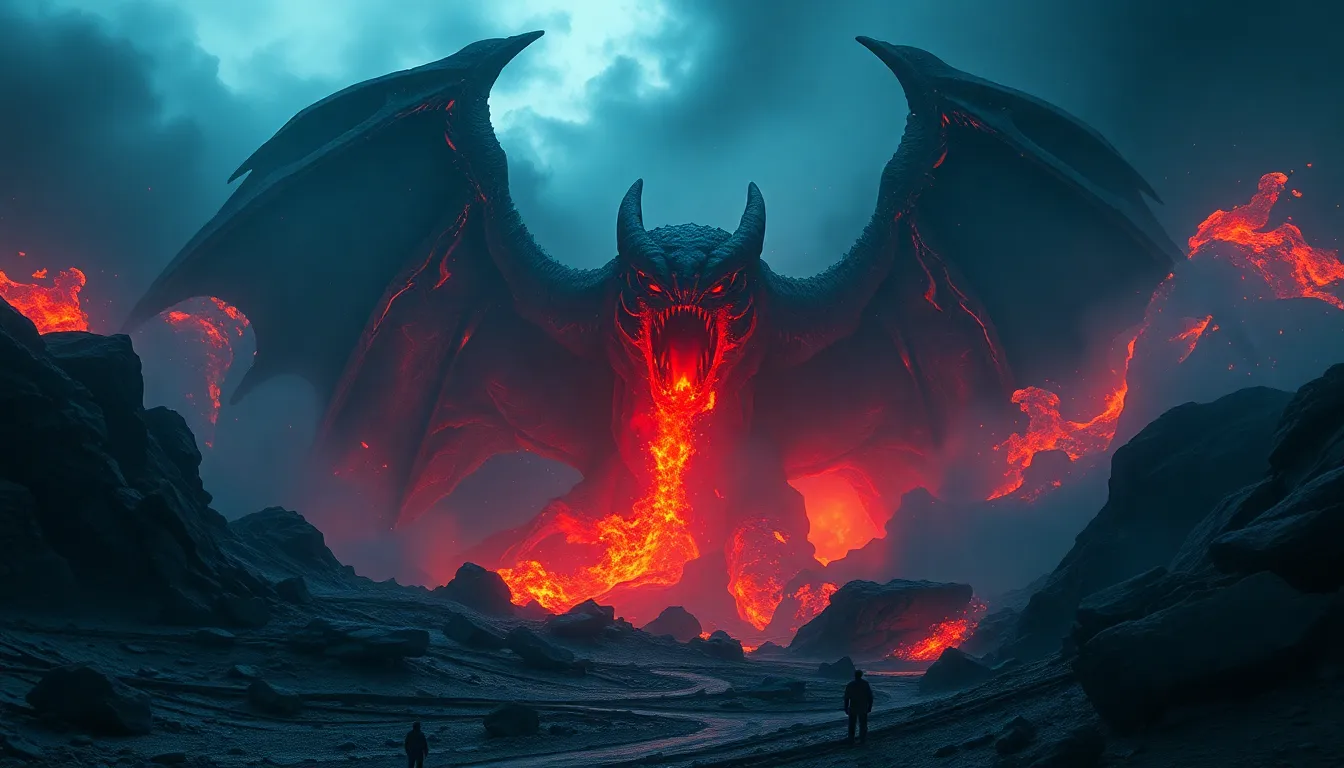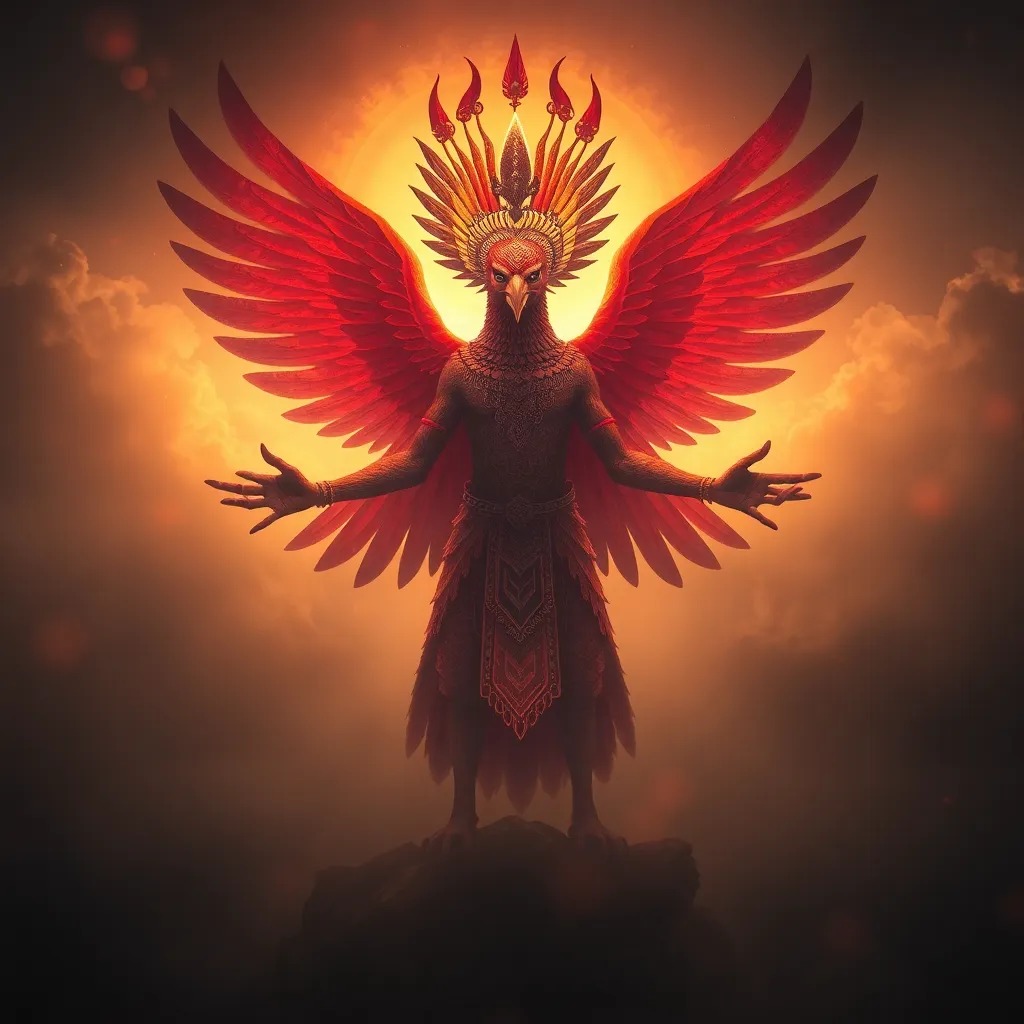Huacas: The Sacred Heart of Incan Belief
In the heart of the Incan Empire, a profound connection to nature and the divine pulsed through every aspect of life. This connection found its most tangible expression in sacred sites called huacas. These weren't just ordinary places; they were the embodiment of Incan spirituality, holding immense power and influence over the well-being of the people and the land.
Huacas were seen as doorways to the supernatural realm, where the Incas believed powerful spirits, ancestors, and deities resided. These sites served as focal points for worship and ritual, acting as conduits for the Incas to interact with the divine and seek guidance, protection, and blessings. The reverence given to huacas underscores their crucial role in shaping the Incan worldview and influencing their daily lives.
The Incan Concept of Huacas: Beyond Simple Temples
The concept of a huaca extended far beyond the confines of a traditional temple. It encompassed a vast array of sacred places, each imbued with its own unique significance and power. The word "huaca" itself derives from the Quechua term "wak'a," meaning "sacred" or "holy."
Huacas weren't merely physical structures but rather embodied the very essence of sacredness. They could be anything from towering mountains and glistening lakes to humble springs, caves, or even ordinary rocks. The key factor was the belief that these sites held a connection to the divine, making them worthy of veneration and respect.
Types of Huacas: From Mountains to Springs
The Incan world was a tapestry woven with diverse huacas, each embodying a specific type of sacred power. These included:
- Mountains: Considered the most important type of huaca, mountains were seen as the homes of powerful deities and ancestors. They represented stability, strength, and connection to the heavens.
- Water Sources: Springs, rivers, and lakes were revered as sources of life, mirroring the sacred power of creation and renewal. They were seen as dwelling places of water deities, who could bestow fertility and abundance.
- Caves: Caves were associated with the underworld, a realm of mystery and ancestral spirits. They often served as pilgrimage sites and burial grounds, holding significant spiritual weight.
- Rocks and Trees: Even seemingly ordinary objects like rocks and trees could be considered huacas if they held a specific connection to an event, deity, or ancestor.
Huacas as Manifestations of Divine Power
The Incan belief system intertwined the power of the divine with the physical world. Huacas were perceived as focal points where this divine power manifested itself, making them sacred and worthy of respect. Each huaca was believed to possess its own unique energy and was associated with specific deities, ancestral spirits, or natural forces.
The Incas believed that these divine beings held influence over various aspects of life, such as fertility, prosperity, health, and the weather. By venerating the huacas, the Incas hoped to gain favor with these powerful entities and ensure their well-being.
The Role of Huacas in Incan Ritual and Sacrifice
Huacas played a central role in Incan ritual practice, serving as the stage for elaborate ceremonies and offerings. These rituals often involved:
- Offering Rituals: The Incas would offer food, drink, clothing, and precious objects to appease the spirits and deities residing in the huacas. The offerings were believed to be a way to honor the divine and seek their blessings.
- Sacrifices: In extreme cases, the Incas practiced human sacrifice to appease powerful deities or seek divine intervention. These sacrifices were typically reserved for important occasions, such as the accession of a new emperor or times of crisis.
- Pilgrimages: The Incas undertook pilgrimages to huacas, seeking spiritual renewal or to petition the divine for guidance and favors. These pilgrimages often involved long journeys, filled with prayer, fasting, and offerings.
Huacas as Guardians of the Land and its People
Incan belief saw huacas as not just sacred places but also protectors of the land and its people. They were believed to hold the power to ensure fertility, prosperity, and safety. For example, a mountain huaca might be seen as a guardian of a specific valley, protecting its inhabitants from natural disasters and ensuring bountiful harvests. Similarly, a spring huaca could be revered for its ability to provide clean water and sustain life.
The Incas believed that a strong connection to their huacas was vital for their well-being. By paying their respects and offering rituals, they hoped to maintain a harmonious relationship with the divine and ensure that these powerful protectors continued to watch over them.
The Relationship Between Huacas and the Inca Empire
The Incan Empire was deeply intertwined with the concept of huacas. The rulers and elite recognized the importance of these sacred places and incorporated them into their political and social structure.
- Political Power: Huacas were used to legitimize the Inca's rule, with many emperors claiming descent from powerful deities associated with specific huacas. By controlling access to sacred sites and rituals, the Incas asserted their authority and power.
- Social Control: The Incan elite used the worship of huacas to reinforce social hierarchies. By restricting certain rituals to specific groups or classes, they maintained control and reinforced their position.
Theories on the Origin of Huaca Worship
The origins of huaca worship are debated among scholars, but several theories offer possible explanations:
- Animistic Beliefs: Incan belief systems likely drew on pre-existing animistic traditions in which natural features were imbued with spirits or deities. This concept of supernatural beings residing in nature may have paved the way for the development of huaca worship.
- Ancestor Worship: Incan society placed great emphasis on honoring their ancestors. Huacas may have served as burial grounds or shrines dedicated to specific ancestors, reinforcing their importance and maintaining a connection to the past.
- Agricultural Needs: The Incas were skilled farmers heavily reliant on the land for sustenance. It's likely that huacas associated with water sources, fertility, and weather became crucial for their agricultural practices, leading to their veneration.
The Impact of Huaca Worship on Incan Society
Huaca worship had a profound impact on Incan society, shaping their worldview, rituals, and social structure:
- Spiritual Foundation: Huacas provided a strong spiritual foundation for the Incan people, connecting them to the divine and providing meaning and purpose in their lives.
- Cultural Unity: The shared worship of huacas fostered a sense of unity and shared identity among the Incan population.
- Social Cohesion: Rituals and pilgrimages to huacas served as social gatherings, strengthening community bonds and reinforcing social norms.
The Legacy of Huacas: From Ancient Sites to Modern Peru
The legacy of Incan huacas continues to resonate in Peru today. Many of these sacred sites remain intact, offering a glimpse into the rich spiritual heritage of the Incan civilization. These sites are not only important historical landmarks but also hold cultural and spiritual significance for contemporary Peruvians.
While Incan religion has evolved over time, the reverence for huacas persists. Many communities in Peru still visit these sacred places to pray, make offerings, and connect with their ancestors. Huacas serve as a reminder of the deep connection between the Incas and the land, their reverence for nature, and their enduring belief in the power of the divine.
FAQ
1. What are some examples of huacas? Huacas could be many things, including mountains, lakes, caves, springs, rocks, and even trees. The key factor was the belief that these sites held a connection to the divine, making them worthy of veneration and respect.
2. How did the Incas use huacas? The Incas used huacas for worship and ritual, seeking guidance, protection, and blessings from the spirits and deities residing there. They also used huacas to legitimize their rule and maintain social control.
3. What are some of the theories about the origin of huaca worship? One theory suggests that Incan belief systems drew on pre-existing animistic traditions where natural features were imbued with spirits or deities. Another theory proposes that ancestor worship played a significant role, and huacas served as burial grounds and shrines. The importance of agriculture to the Incas may have also contributed to their veneration of huacas associated with water sources, fertility, and weather.
4. What is the significance of huacas today? Huacas are important historical landmarks in Peru and hold cultural and spiritual significance for contemporary Peruvians. Many communities still visit these sacred places to pray, make offerings, and connect with their ancestors. They serve as a reminder of the Incas' deep connection to the land, their reverence for nature, and their enduring belief in the power of the divine.


